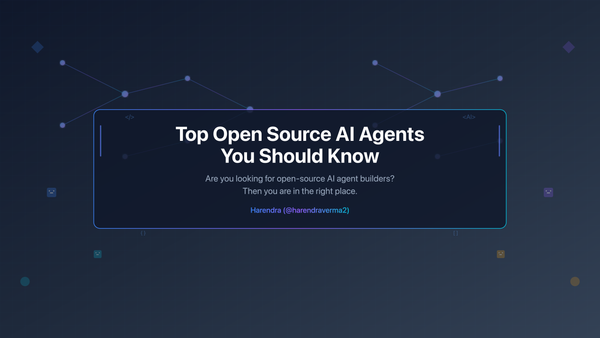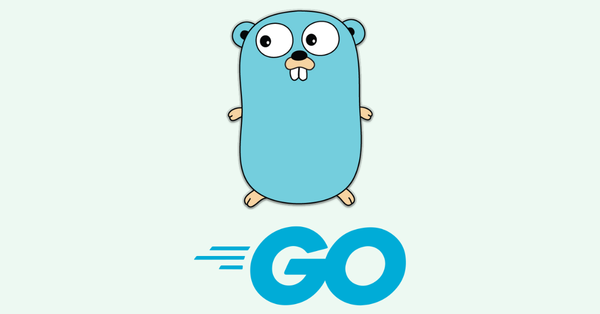Defining Models in GORM

The core of database administration using GORM is the skill of defining models. Models serve as a link between the object-oriented structure of your programme and the relational world of databases. This article digs into the art of creating successful models in GORM, examining how to design structured Go structs, annotate fields with tags, and develop links across models in order to maximise the potential of your application’s database interactions.
Creating Struct Models in GORM
Well-defined struct models are the brains of your GORM-based application. Every field in a struct model corresponds to a column in a database table, which is represented by a struct model. This is how struct models are made:
package models
import (
"gorm.io/gorm"
)
type User struct {
gorm.Model
Name string
Email string `gorm:"uniqueIndex"`
Age int
}
In this example, the User struct models a database table with columns ID, CreatedAt, UpdatedAt, DeletedAt, Name, Email, and Age.
Adding Tags for Field Mapping
GORM relies on struct tags to map struct fields to database columns. Tags provide metadata that guides GORM in database operations. Common tags include:
gorm:"primaryKey": Marks a field as the primary key.gorm:"uniqueIndex": Creates a unique index on the field.gorm:"not null": Specifies that the field cannot be null.gorm:"column:custom_name": Maps the field to a custom column name.
type Product struct {
gorm.Model
Name string
Price float64
Category string `gorm:"column:item_category"`
}
In this example, the Category field is mapped to the item_category column.
Model Associations and Relationships
GORM excels in modeling complex relationships between tables. Associations define how different models relate to each other, enabling you to fetch related data easily.
One-to-One Relationship:
type User struct {
gorm.Model
Profile Profile
}
type Profile struct {
gorm.Model
UserID uint
Address string
}
In this example, a User has one Profile. The UserID field in the Profile struct is used as the foreign key.
One-to-Many Relationship:
type User struct {
gorm.Model
Orders []Order
}
type Order struct {
gorm.Model
UserID uint
Product string
}
Here, a User can have multiple Orders, each associated with the user via the UserID foreign key.
Many-to-Many Relationship:
type User struct {
gorm.Model
Roles []Role `gorm:"many2many:user_roles;"`
}
type Role struct {
gorm.Model
Name string
}
This example demonstrates a many-to-many relationship between User and Role models. GORM handles the creation of the intermediate table user_roles.
Using Associations in Queries:
Associations simplify querying related data. For instance, to fetch a user’s orders:
var user User
db.Preload("Orders").Find(&user, 1)
The Preload method eagerly loads the user’s orders in the query result.
Conclusion
The key to efficient database administration in your applications is defining models in GORM. You build a solid basis for smooth database interactions by creating relationships between models, annotating fields with relevant tags, and building organised struct models. One-to-one, one-to-many, and many-to-many relationship handling in GORM enables you to model complicated data situations with ease. Remember that a well-structured foundation results in scalable and maintainable applications, making your database management journey easy and fruitful as you set out to learn GORM’s model definition capabilities.



